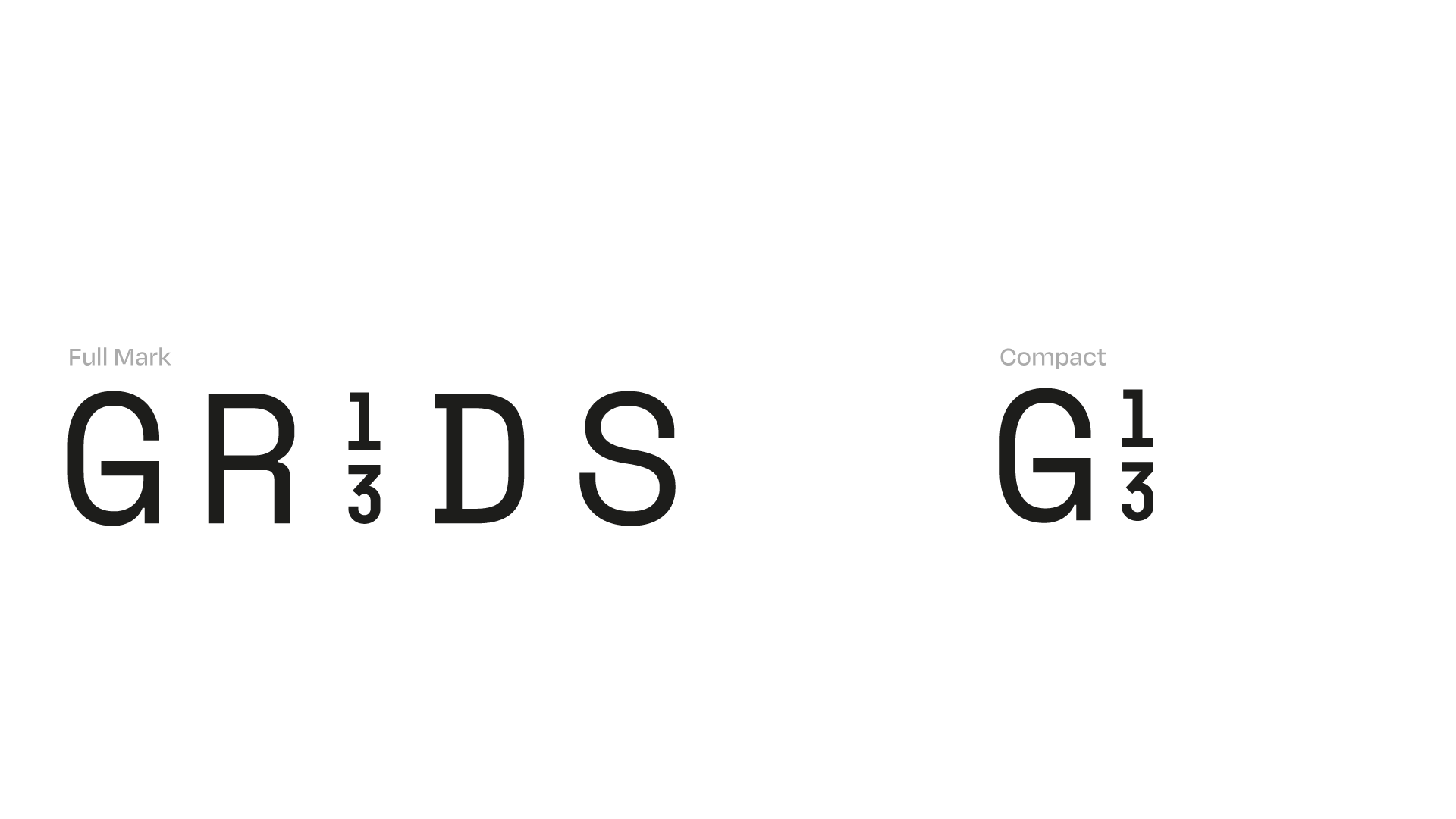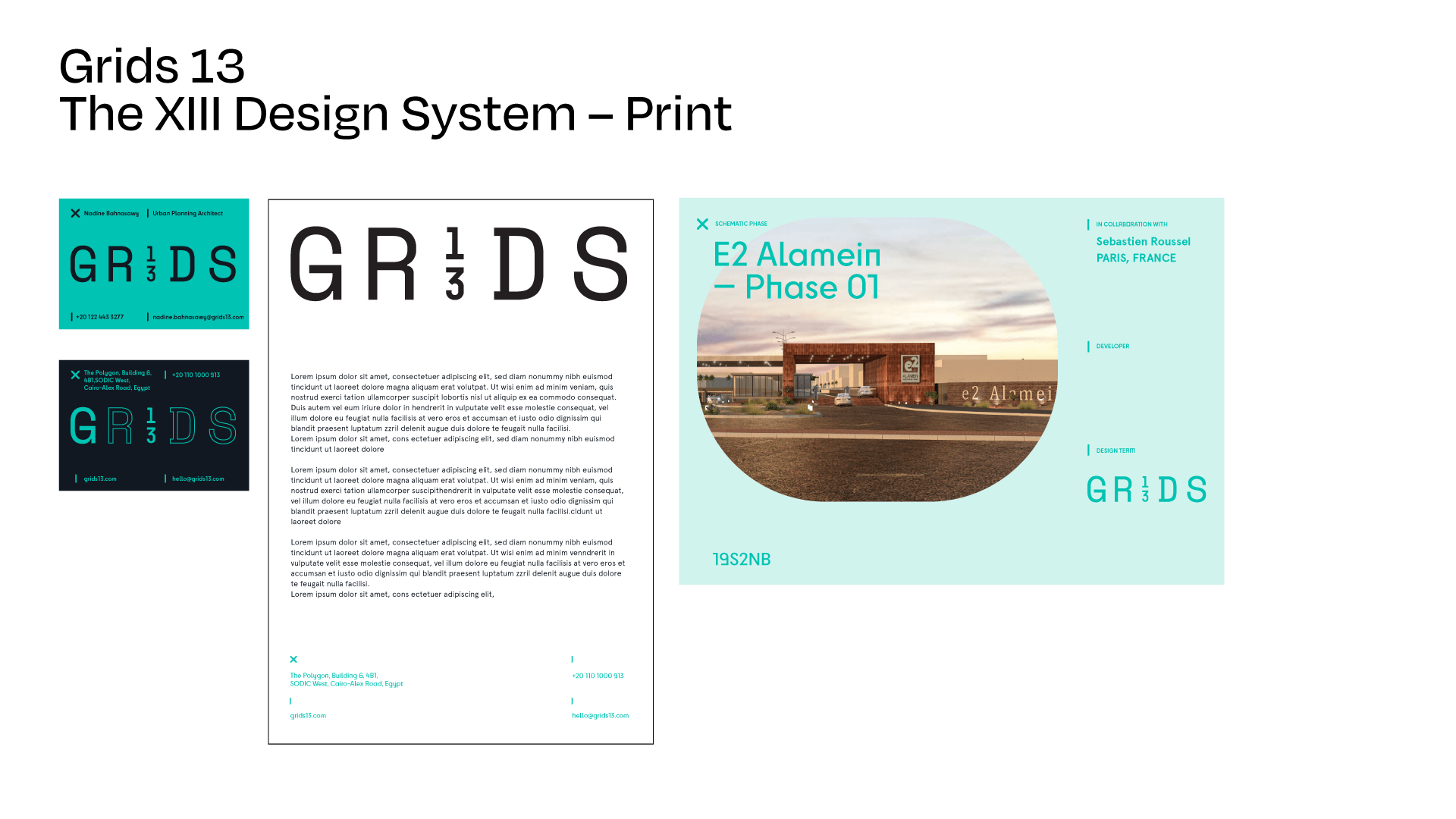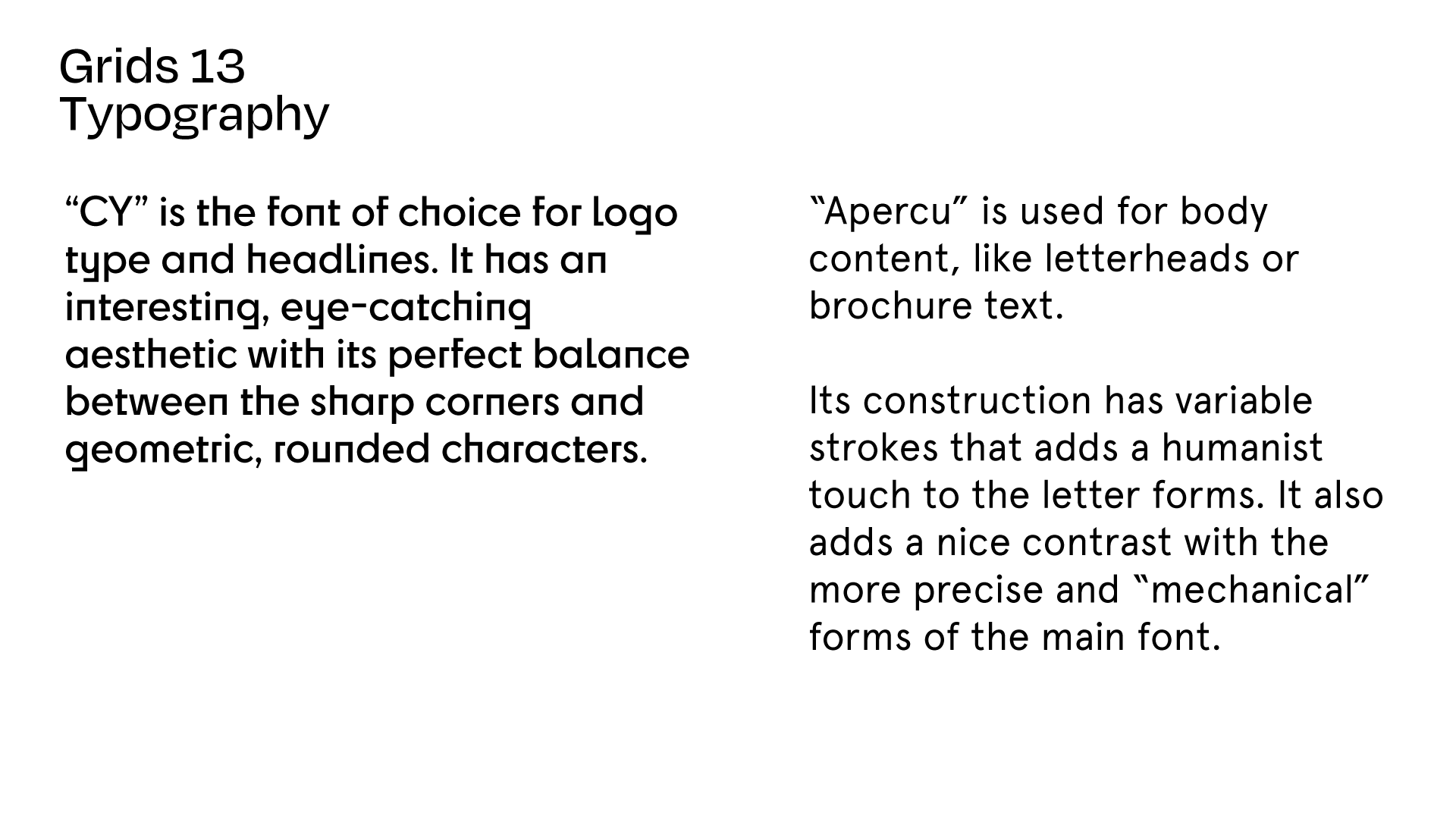The Desk is an in-depth interview series with Arab Designers and Makers taking their desk as a focal point to view their practice. “The Desk’s” name is borrowed from Mark Gardner’s film with the same name. Mark’s short documentary sought to explore the relationship between a worker and their desk and how that reflects their personality. Design Repository is curious to explore the same while adding an intention of scribing these interviews in the Now and therefore attempts to record a moment in time for future generations so that they can find something about now when they look back.
The interviews will be running around the year, with a new designer/maker and a new desk each month. Our second interviewee is the multifaceted Egyptian designer: Islam Zayed.
Q: Please introduce yourself (Name, age, nationality, and title) and what do you do?
| Name | Islam Osama Zayed |
| Age | 35 |
| Nationality | Egyptian |
| Title | Creative Design Head |
I am the current Creative Design Head at EVA Pharma, I work with many designers to revamp, broaden and refine the company’s visual image. When I’m not doing that, I am pursuing ways to hone my skill and my own personal brand in many graphic design practices.

Q: Your practice seems to float over a variety of different graphic design practices, from bilingual typography (Arabic & English), 3D, branding, data viz, to collage. Where do you see your practice sits within these practices?
☞
As a Creative Head, it helps to have a hand dipped in multiple design practices. I have always wanted to experiment with different digital art forms which I think ultimately lead me to where I am now. Referencing and being exposed to different approaches to art and design is in my opinion one of the best tool sets a graphic designer could have, so I am always on the lookout for an amazing project and ask myself “how can I do something like this with my own skill set?”
That pushes me to experiment more and get out of my comfort zone and just try new things, sometimes I succeed and sometimes I fail but the process is always rewarding. Moreover, the accumulation of experiences allow me to guide the people I work with to achieve the best work they can within the limitations they are facing. In many ways I’ve been there, done that more times than I care to remember so I pass on that knowledge and help them in that way.
Q: If you had to write a definition of Graphic Design for academic purposes, what would that be? And would you have a different definition of Arabic Graphic design? If yes, what would it be and in what ways is it different?
☞
Oh boy, well for me it would go something like:
“Graphic design is the utilization of assorted visual elements to first and foremost: solve a problem.” My definition for Arabic Graphic design would be more or less the same but with the added objective of projecting an authentic Arabic Identity in the design approach.
Arab designers throughout history have experimented with both structured and non-conventional (even chaotic) approaches to the practice, so it’s always good to have that shown when the need be.
Q: Can you take us through your design process? Choose your favorite project and please walk us through its process from start to finish, challenges, and learnings?
(Please scan as many things related to this process as possible as well as the final outcome of the project you will choose to talk about)
☞
On the surface, my process is very basic and watching me work is kind of worrisome because a lot of the process actually happens inside my head, so if I’m just chillin, watching youtube or gaming a lot of the time, I am also working. I begin normally by researching, which is basically just going to different websites for inspiration, be it content aggregated websites or studios specialized in whatever it is I’m supposed to be creating. Then comes the execution phase, I don’t know how to sketch to save my life, so I just get into the meat of things so to speak. I fire up the software and see what comes up based on the inputs from the brief and the objectives I set out for the projects (the latter is optional in some cases, sometimes it works backwards).
When I’m settled on something I then normally leave it to simmer in my mind and come and have a later look at it, see if it can be pushed more, benchmark it against references and so on. I usually try to innovate with what i’m working with, sure there are best practices and they are necessary but I find it nice to add your own touch on things after understanding said best practices.
Now onto one of my favorite projects: In late 2020, I was approached by Laila Badawi to completely rebrand her Architecture studio: Grids 13. I always wanted to work on something architecture related so naturally the opportunity was too good to pass up.
We first had a workshop to determine what direction the brand needed to go, the workshop consisted of me putting a moodboard together along with design findings to establish a solid ground work.
So the first thing that struck me the most with the brand name is the use of number 13, which generally is a bad omen. Laila’s rationale was that the studio wanted to embrace what people are generally uncomfortable about, and it also had a personal connection to her as she won her first award in 2013.
With that in mind, it became very clear to me that 13 should be the focus of the brand mark. So I began exploring concepts. I have always been fascinated by the visual construction of Roman numerals, the use of very minimalist glyphs like I, X, C, L and M and the construction of the numerical value based on their order was a great numbering system at the time. Not to mention the civilization’s contribution to architecture and engineering. So I set out to explore the idea of having the Roman numeral “XIII” as a building block for the concept.
The explorations were…interesting, but they were not there just yet, the compositions felt a bit too panoramic in ratio like the first, some sketches like the second and the XIII didn’t look like it even belonged with the brand mark. Remember what I said earlier about the number 13 being very much integrated with the essence of the studio? That wasn’t achieved here. The “XIII” didn’t feel like a main part of the beandmark, so it was discarded and I kept exploring till I thought “wait a minute…”
By replacing the “I” in “Grids” with a vertically stacked 13, it achieved the objective I was set out to do with the brief. It was at that moment that I went “yep…that’s the one i’m selling”.
So now with the brand mark locked down, I wasn’t really ready to abandon the “XIII” from earlier, so I thought of building the design system around that.
The explorations were coming along nicely but I started having the concern that they might be too “out there” or impractical in different design applications. So the system was toned down a little bit so the XIII would be used as an indicator to the main highlight areas of the layout.
The system worked well, and it was scaleable to different forms and it functioned very nicely in both print and digital spaces. Obviously the system wasn’t going to have legs without the type and color palette. Which are shown below:
For the colors, they were split into 3 categories: a main color palette, which was more or less the old identity’s color palette and I worked on a nature and material based secondary color palette. The accent palette was made to show Laila’s love for bold, outspoken colors. A system was then created where the secondary palette serves as the building block, and it can be combined with either the main palette or accent palette depending on the designer’s choice at the time.
So all in all, the project turned out great. Definitely one of the most fun I have had on a branding project. It does help to have clients that are cooperative and trusting of what you do. The communication process between Laila and myself has always been fruitful and logical and that is some of the best qualities you could ask for in a client.
Q: Since you experiment a lot with different mediums and tools, what do you think is the importance of experimentation for designers?
☞
It’s literally the most beneficial thing they could possibly do to hone their thinking and execution process. Specialization is important and it has its merits but even then, doing different things helps in so many ways beginning with breaking the monotony of repetition, it gives you new insights and benchmarks that make you better at self reflection and assessing yourself within the overall art space and when done right, you can combine all the learnings you get from experimentation both good and bad and create something truly unique to you.
Q: Who are your favorite Egyptian designers/artists? One old and one now?
☞
Old:
So here’s the thing, I never honestly kept up with what would be considered “old” Egyptian designers. I was never really interested in the historic aspect of Egyptian design culture, even though I went through a lot of examples of Islamic-Arabic design culture while working on developing my own calligraphy style.
I think it’s because with all the visual noise I have been exposed to for basically my entire life in the everyday design culture, I fell into the trap of not thinking of looking back at the history of said culture. It is something I regret and I plan on reading up on those more and being exposed to their works.
New:
Ahmed Hammoud((Ahmed Hammoud, Here))
Nora Aly((Nora Aly, Here))
Mohamed Samir((Mohamed Samir, Here))
Islam Abou El Enein((Islam Abou El Enein, Here))
Ibrahim Hamdi((Ibrahim Hamdi, Here))
Ramy Kamel Omar((Ramy Kamel Omar, Here))
Muhammad Mustafa (AKA Picasso, the illustration Grand Master Supreme)((Muhammad Mustafa, Here))
A unicorn by the name of Nardine Shenouda.((Nardine Shenouda, Here))

Q: Who are your favorite non-Egyptian designers/artists? One old and one now?
☞
Old:
David Carson((David Carson, Here))
Neville Brody((Neville Brody, Here))
Massimo Vignelli((Vignelli Center, Here))
Paul Rand((Paul Rand, Here))

New:
Mothanna Hussein((Mothanna Hussein, Here))
Quim Marin((Quim Marin, Here))
Adhemas Batista((Adhemas Batista, Here))
Ryan Atkinson((Ryan Atkinson, Here))
Grzegorz Domaradzki (Gabz)((Grzegorz Domaradzki, Here))
Olly Moss((Olly Moss, Here))
Yoji Shinkawa((Yoji Shinkawa, Here))

Q: How do you get inspiration for your projects?
☞
You got your usual suspects: Behance, Pinterest, Instagram…etc. Those I basically look at every single day, can be for hours to end so there is a constant inspiration stream. When it comes to tackling a certain brief I just visit the websites of studios I hold in high regard specializing in whatever scope of work I’m currently working on and cross reference projects from there with the aforementioned “big 3” and down goes the rabbit hole.
Q: Describe what does your desk mean to you?
☞
I spend a lot of time on my desk, not just for work but for leisure as well. I have been gaming ever since I was 6, so my relationship with the desk goes way back. As cliche as that may sound but it is my own sanctuary most of the time and it’s where I prefer to retreat when overwhelmed or in need of focus. A Lot of memories there too, whether kicking ass (or getting my ass kicked) at a multiplayer match (shoutout to my Battlefield 3 and Titanfall 2 homies) or just you know…learning about a new cool technique or coming up with a new piece or project.

Q: When you are creatively blocked what are some of the ways you overcome this block?
☞
I honestly let the creative block be. If I’m blocked it’s probably because I have maybe thought about something too much and I have lost sight of what actually needs achieving vs. what I think I should achieve. I have never really defined myself by what I do, I realize that I am human at the end of the day and there are bad days (or weeks, months). So the important thing would be to not obsess about it too much, focus on my own well being and keep looking and referencing things for the sake of doing so, the ideas will eventually come. They always do.
Q: You have a specific experience with Data Visualization, how did you get interested in that and what are your thoughts generally on Data Visualization in Egypt?
☞
All credit goes to Pixonal’s founder Mohamed Said. He approached me back in late 2016 for a job offer at his studio that was focused mainly on data visualization. I didn’t really know what it was about back in the day, but through his guidance and the opportunities offered, such as working with data viz gurus like the Netherlands-based Clever Franke, I gained so much insight into the power of storytelling data visualization has and the amazing possibilities of creating super complex designs from even more complex data sets and making them a positive experience to go through. Currently, the understanding of what data visualization is in the Egyptian space is next to non-existent. Data needs to be visualized at internal meetings in most organizations and not as a communication tool with the public, so the need isn’t really there at the moment but here’s hoping it catches on.

Q: Where do you see yourself going in the future, or where would you like to be/do?
☞
So this is more gaming related, but two of my favorite game designers: Hideo Kojima (Metal Gear) and Hidetaka Miyazaki (Dark Souls) have this thing where they are like…so damn good at what they do they just do it. That’s it, and people generally love what they do. That level of mastery, of creative freedom and wisdom to do whatever you want and knowing that it will be loved and appreciated by people in that space is what I aspire to be and do the most.
Q: What are 3 pieces of advice you can give to a young designer embarking on a journey similar to yours?
☞
- You are not what you are doing: be kind to yourself and don’t romanticize the practice or craft.
- You’re in this for the long haul: things take time, failure is part of the process and it has no quota, the more you fail the more you learn.
- Get over yourself: There are always artists better or more suited for the job than you are, there will always be a better solution than the one you provided. Keep improving yourself, don’t think you’ve “made it” cause that concept doesn’t exist; there is always more and it ultimately is about the journey.












